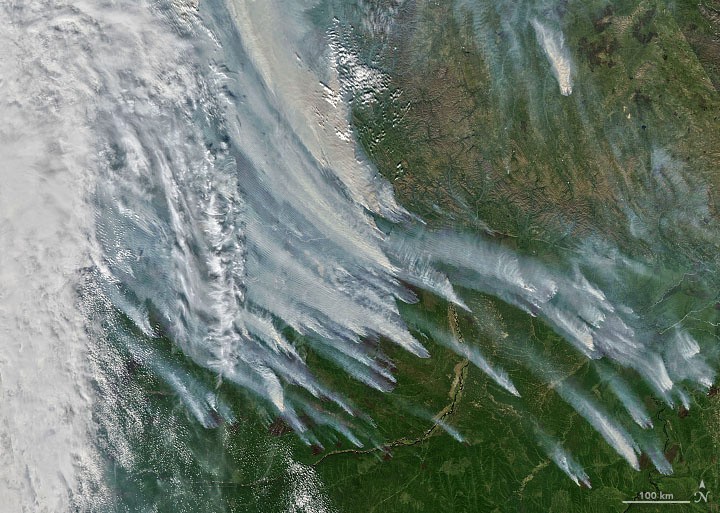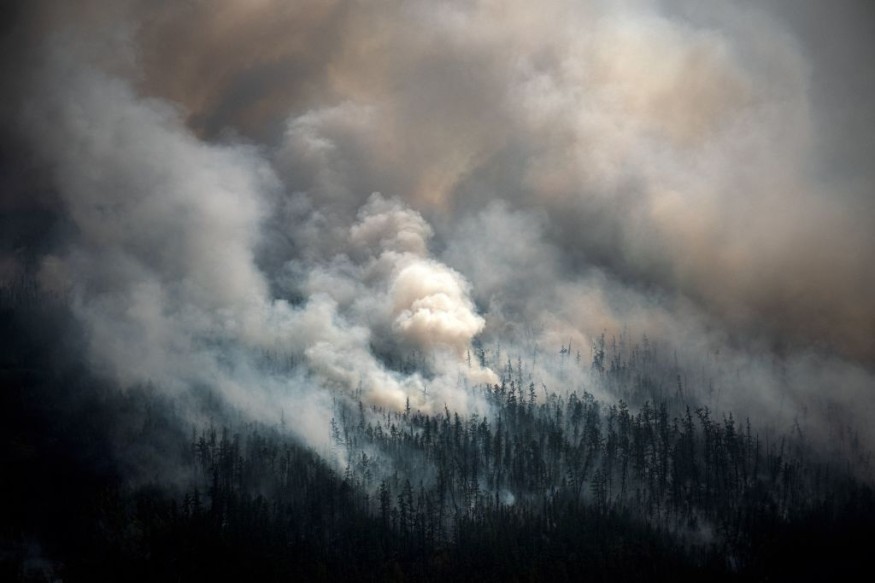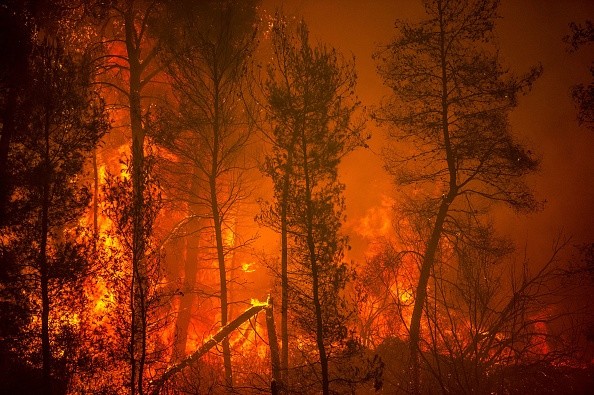Wildfires have been raging over Siberia's taiga woodland since early April. The Republic of Sakha in northern Russia was the most impacted. On July 5, the area, also known as Yakutia, had 250 fires raging across 2,210 kilometers of land.
According to the Siberian Times, residents of Yakutsk, Sakha's capital, were breathing in smoke from over 300 different wildfires by mid-July.
Siberian wildfires have released more carbon dioxide in the last two and a half months than the world's sixth most polluting countries do in a year.

Total Carbon Emission, So Far
According to estimates from the European Copernicus Atmosphere Monitoring Service (CAMS), the wildfires have created 800 megatons of carbon dioxide since the beginning of June, nearly matching last year's record.
The flames surpassed Germany's yearly carbon dioxide emissions in only two and a half months, making it Europe's most polluting country. Germany is the world's sixth-worst polluter, according to Climate Trade.
Related Article : Wildfire Smokes Reached North Pole in a Historic First, Showing How Bad the Crisis Got
Smokes Reaching the North Pole

Satellites are monitoring the flames as they burn across the subpolar forest in Russia's sparsely populated northeast. They caught how the massive cloud of smoke from the fires extended to the North Pole and reached the Alaskan shore last week, measuring over 4,000 miles (6,437 kilometers).
In an email to Space.com, Mark Parrington, senior scientist at CAMS, said, "Transport of smoke over the Arctic Ocean isn't in itself something uncommon." "However, the exceptional magnitude and persistence of the number of fires and amount of smoke they have been creating this summer are reflected in the high values of various smoke components, aerosols, and carbon monoxide, reaching the North Pole and then on to North America."
CAMS anticipates that part of the plume's pollution will settle in the Arctic Circle, worsening the melting of ice sheets. Although it's difficult to see the soot in satellite photos, Parrington claims CAMS computer simulations show that some of the soot particles are "raining" on the fragile sea ice.
"The albedo [reflectiveness] of white sea ice will be altered by the deposition of dark-colored aerosol particles, lowering the ice's capacity to reflect solar energy rather than absorb it, speeding melting," Parrington said.
Similar Issues Around the World
Similar issues are being caused by wildfires blazing across North America. According to CAMS models, particles from wildfires in the western United States and Canada are expected to settle in Greenland.
In 2020, Siberia witnessed a record-setting fire season, with several flames breaking out inside the Arctic Circle. However, the CAMS statistics, which date back to 2003, show a downward trend.
Wildfires Hitting the Environment Worst than the Pandemic

When a group of scientists looked at events that might impact the world's climate in 2020, they made sure to include pandemic-related emissions reductions, which resulted in cleaner skies above many cities.
The devastating bushfires that raced through Australia in late 2019 and early 2020, producing plumes of smoke that reached the stratosphere and circled most of the southern hemisphere, had a more direct impact on global climate, according to their results.
"The primary climatic force of 2020 was not COVID-19 at all," said John Fasullo, a scientist at the National Center for Atmospheric Research and principal author of the new study (NCAR). "It was the Australian bushfires erupting," says the narrator.
Also Read : It Turns Out Wildfires Rather than the Pandemic Left the Biggest Environmental Impact in 2020
For more climate and weather updates, don't forget to follow Nature World News!
© 2025 NatureWorldNews.com All rights reserved. Do not reproduce without permission.





